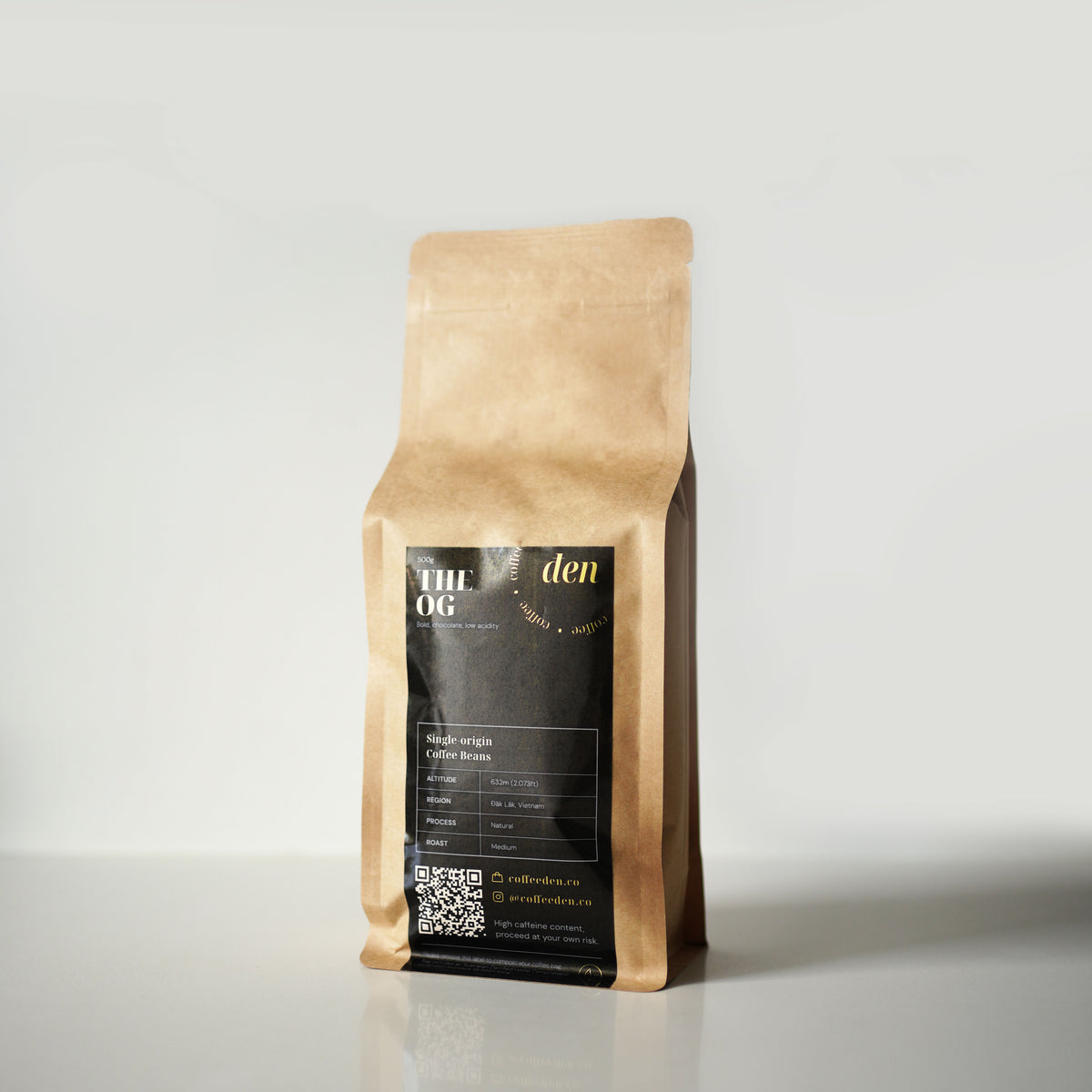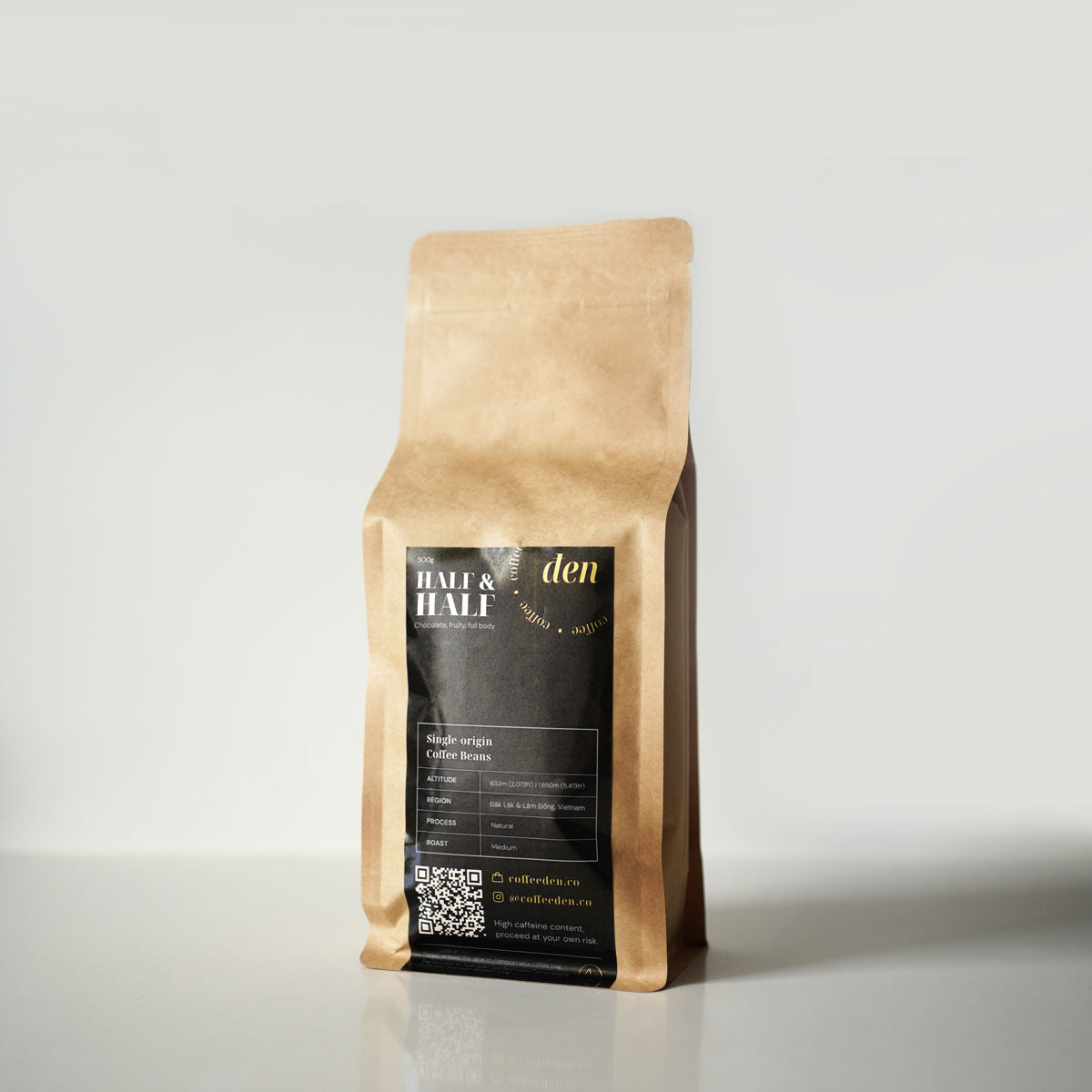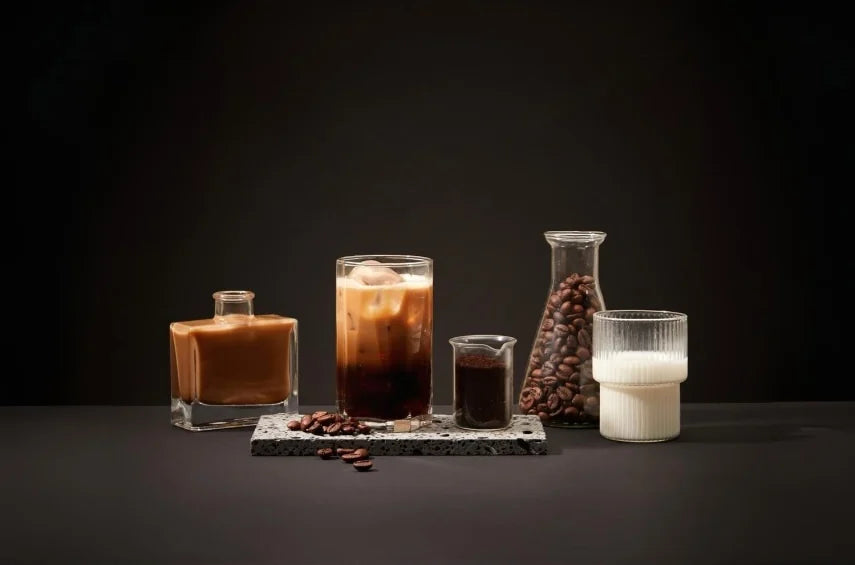Coffee trees climb hillsides like a living tapestry in the misty Highlands of Vietnam. For decades, these slopes have propelled Vietnam to become the world’s second-largest coffee producer. The story of its coffee is no longer just about quantity or global trade; there’s also sustainability in the picture. Of the land, the farmers, the beans themselves, and the way the industry positions itself for a changing global market. The driver of this transformation is liberica, or, as it is called by the locals, cà phê mít. "Mít" means jackfruit in Vietnamese, a name given to the bean due to the size of its tree and its fruity flavours, just like the actual jackfruit.
Robusta had dominated the coffee industry for most of the 20th century due to its robust flavour, adaptability, and high yield. Robusta is ideal for mass production, providing domestic livelihoods and pushing international exports. This is good news for Vietnam, and for the coffee-loving world, because if we were to depend on arabica only, we’re most likely gonna run out of coffee all the time. Arabica needs to grow at a higher altitude, colder climate, and a stable working environment to grow; meanwhile, robusta is less bothered by the ever-present climate change. On top of that, robusta is resilient against pests, which requires fewer pesticides.
However, there is always a consequence waiting for intensive, long-term farming practices such as these: soils have eroded, water tables have dropped, and forests have been pushed to the brink. Now, as shifts in rainfall patterns and temperatures rise here and there, farmers and coffee producers are left with a question: how do we grow coffee that’s environmentally responsible?
The answer is, unexpectedly, another kind of bean, liberica. Liberica was once neglected for its unusual shape and large cherries, actually turned out that these qualities make up its remarkable resilience. The thick leaves shield its fruit from the harsh sun, while its deep roots reach for groundwater not accessible to other species. Unlike robusta, which wilts easily under prolonged drought, Liberica adapts, bends, and does not break. For liberica, survival and sustainability go hand in hand.

Smallholders are experimenting with new planting techniques across the Quảng Trị Province, located in the North Central Coast region, hoping to get the best qualities from both plants. Some mix liberica with robusta plots, which gives birth to biodiversity-enriching soil and reduces chemical dependency. Meanwhile, others use innovative methods and sustainable practices: sun-drying beans, composting coffee husks, and switching to compostable packaging and other environmentally friendly processes. Here at đen, we prioritise natural sun-dried and honey processing methods for our beans. This saves water, reduces wastewater pollution, and runs on sunshine. We are also proud that we use fewer emissions because Vietnam is closer to Australia than most coffee exporters.

Though these steps may seem small, it is a sign that Vietnam is adapting and aligning with a global movement that seeks to have the coffee industry actively work on climate-resilient plants and to prioritise safeguarding the future of a product consumed worldwide. And to prioritise safeguarding the future of a product consumed worldwide.
The International Coffee Organisation predicts that suitable land for coffee may shrink drastically in the coming decades. This means that liberica’s resilience may position Vietnam not only as a major producer of coffee but as a model for climate-smart and sustainable practices, bridging tradition and global responsibility together.
The bean is not just practical, its flavour is also distinctive: floral, tropical, with notes of jackfruit, and dark honey. It’s also sweeter and has a lower caffeine content compared to Robusta. It’s a good choice for people who are sensitive to caffeine. Specialty roasters from Sài Gòn to Melbourne are exploring liberica for its uniqueness. Another technique used is blending it with arabica or roasting it on its own to showcase a profile entirely different from the bold robusta Vietnam is known for. This shows that Vietnam is capable of meeting international demand without compromising the environment with sustainable production practices.
However, the journey is not perfect. Liberica cherries are large and fibrous, making it laborious to process. The trees take longer to mature, requiring patience from farmers already navigating fluctuating markets and climates. Communities in Quảng Trị hope the best for the bean’s potential. Seeds are collected, shared, trees are pruned, grafted, and knowledge is passed through generations to work on a product where waste is minimised and every part of the plant is valued. This is how unique the local innovation in Vietnam is.
Liberica tells a bigger story: an overlooked bean becoming the cornerstone of climate resilience. It shows how smallholders can lead innovation and how sustainability can be part of the initial phases of the process before scaling it. It is a living experiment of the past and the future, traditional and modern, flavour and responsibility.
For the world that drinks it, each cup is more than just caffeine. It carries a promise that the next generation of coffee can also sustain people, communities, and the planet, and not just satisfy cravings. This proves that Vietnamese coffee is ready to meet global expectations while protecting its own future.





